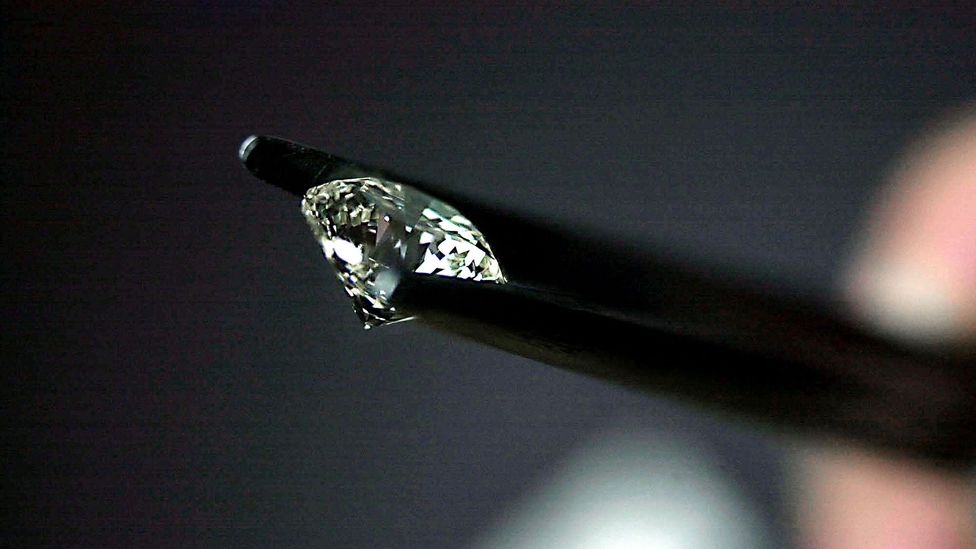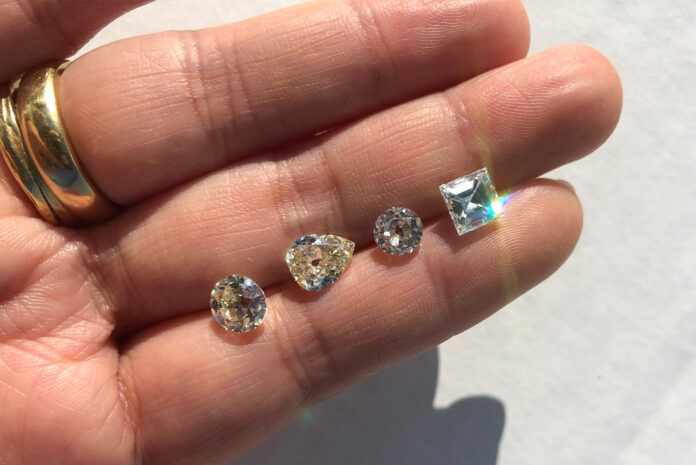When it comes to diamonds, the 4Cs are often referenced as a starting point for understanding what makes a diamond worth its weight in gold. But there is so much more than just these four characteristics that go into accurately grading and certifying these precious stones.
This article delves deeper into this world, uncovering all that goes into providing an accurate assessment of diamonds. From the clarity scales used by gemologists to identify blemishes or inclusions in diamonds to examining how ethical standards influence today’s diamond industry, this article covers it all.
Get ready to explore what lies beneath when you read this fascinating insight into one of the most important aspects of any diamond purchase.
Importance of Diamond Grading and Certification
:max_bytes(150000):strip_icc()/labgrownlede-2b7540f7f7404558a08f1a555862f3d3.jpg)
Understanding the importance of diamond grading and certification is essential for anyone looking to purchase a diamond. From evaluating the clarity, color, cut, and carat weight to uncovering any hidden imperfections or treatments, diamonds must be thoroughly examined to ensure that they meet the expected standards.
The process involves examining each stone under 10X magnification with an experienced gemologist making detailed notes on all of their physical characteristics. Having a certified grade from an international laboratory like GIA (Gemological Institute of America) assures that buyers are investing in quality stones at fair prices. This also helps protect consumers against fraud since a third-party organization has verified the authenticity and accuracy of information regarding a diamond’s true value.
Additionally, some insurance companies may require certification when covering items such as jewelry so having official documentation can provide peace of mind in case something unfortunate should happen down the road. In conclusion, potential buyers need to understand how diamonds are graded and certified as this knowledge can help them make wise purchasing decisions that suit their needs best while avoiding costly mistakes related to misrepresentation or fraud.
Exploring Additional Factors that Impact a Diamonds Value

When it comes to diamond grading and certification, the 4Cs are typically the first things that come to mind. But other factors at play can also impact the value of a diamond.
Factors such as fluorescence, cut grade, country of origin, and age can affect a diamond’s desirability—and thus its overall value. Fluorescence is an interesting factor in particular; while some people may prefer highly fluorescent stones due to their unique appearance, others might feel they lack brilliance or sparkle compared to non-fluorescent stones. Cut grade is another important factor since cut quality has a great effect on how light reflects off the stone creating more shine and luster when done properly.
Country of origin can also have an effect; for instance, certain regions around the world produce higher-quality diamonds than others do. Finally, age is something else worth considering as antique diamonds tend to be rarer and therefore more valuable than modern ones due to their historical significance and sentimental appeal beyond just monetary value.
Exploring these additional factors provides greater insight into understanding what goes into determining a diamond’s true worth — beyond simply its carat weight alone!
Comparing Popular Laboratory Certification Companies
When it comes to diamond certification, two of the most popular companies are GIA and AGS. Both organizations use state-of-the-art technology to evaluate diamonds to provide accurate information about their quality and value.
GIA has a long history of providing reliable grades for diamonds since 1931 while AGS is a more recent establishment with its unique approach that focuses on light performance analysis for round brilliants. While both companies offer similar services, there are some differences between their grading systems due to factors such as fluorescence or proportions which can have an impact on the overall appearance and sparkle of the stone.
Ultimately, choosing the right lab for you will depend on your needs so researching each company’s criteria in detail is essential when making an informed decision regarding your purchase.

Conclusion
Diamonds have long been a symbol of love, beauty, and luxury. While the 4Cs (cut, clarity, carat weight, and color) are still considered the gold standard when it comes to diamond grading, there is so much more that goes into determining the value of a diamond. Beyond these standards lies an intricate world of certification processes used by gemologists to determine everything from origin to quality.
With technology advancing rapidly in recent years, even man made diamonds are now being recognized as legitimate stones with their own unique set of certifications.
As we continue to explore this fascinating realm further, one thing remains true: diamonds will always be timeless symbols of eternal love and commitment.





